
The Marvelous World of 3D Printing
The Future of Magical Printers

In order to deeply learn and implement the spirit of the 20th National Congress of the Communist Party, fully implement the Ministry of Education’s notice on the integrated construction of ideological and political education in primary and secondary schools, and effectively promote the high-quality development of integrated ideological and political education in primary and secondary schools, enhancing the quality and level of ideological education and practical activities. On April 15, the Science Popularization Department of the Mechanical Engineering College conducted a science popularization activity at Wanquan Primary School. This activity deeply integrated technology and education, exploring innovative paths for ideological and political education in the new era, aiming to assist students’ growth through practical science activities and promote the ideal spirit of “serving the country with technology.” Students Liu Rongkai, Liu Zhiru, Qin Yang, Zhang Haibo, and all students from Class 2, Grade 4 of Wanquan Primary School participated in this activity.
During the event, Liu Zhiru explained the principles and applications of 3D printing technology in an easy-to-understand manner, using animations and videos, covering processes such as Fused Deposition Modeling (FDM) and Stereolithography (SLA). 3D printing is not magic, but it can turn imagination into reality. By showcasing public welfare cases such as medical orthotics and biological teaching aids, Liu Zhiru illustrated the social value of 3D printing technology, closely aligning with the goal of “promoting the equalization of basic public services” set forth in the Two Sessions, further deepening the ideological education connotation of the activity.
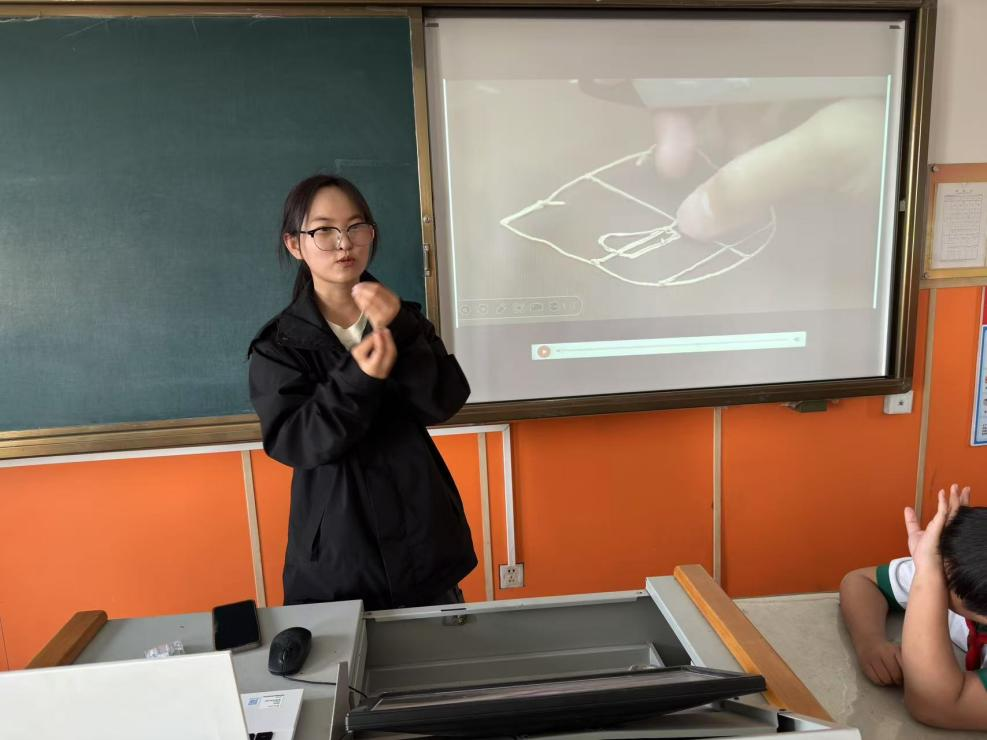
Students Qin Yang and Zhang Haibo showcased 3D printed toy models such as handguns, rifles, and gear-driven bamboo dragonflies to the students of Class 2, Grade 4, visually presenting the practical results of 3D printing technology. They patiently answered students’ questions about printing materials, printing duration, and printing principles, allowing the students to truly feel the charm of technology. In the interactive session, Liu Zhiru also demonstrated the basic operations of simple computer modeling, sparking the children’s interest in technological innovation.
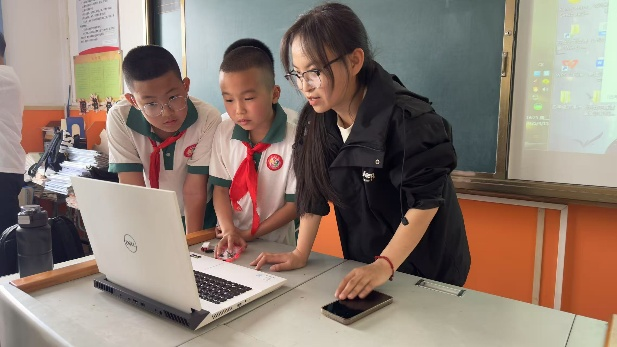
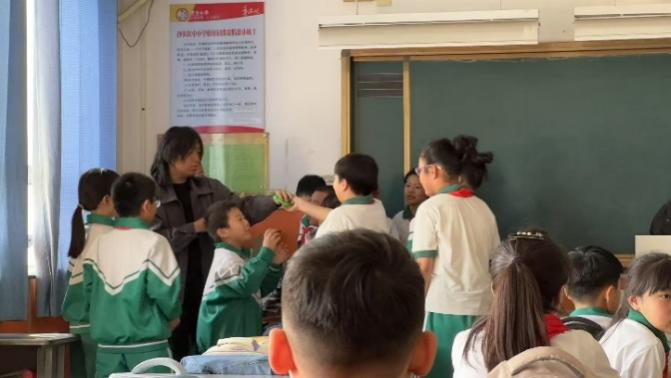
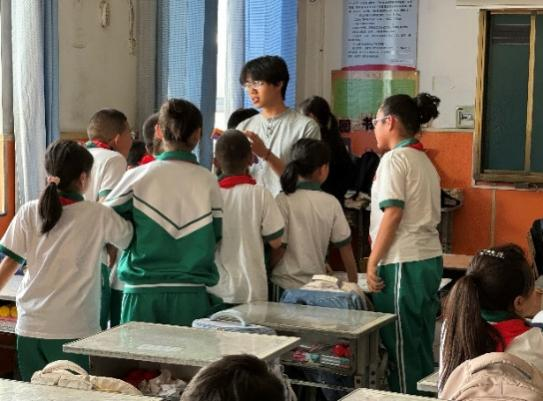
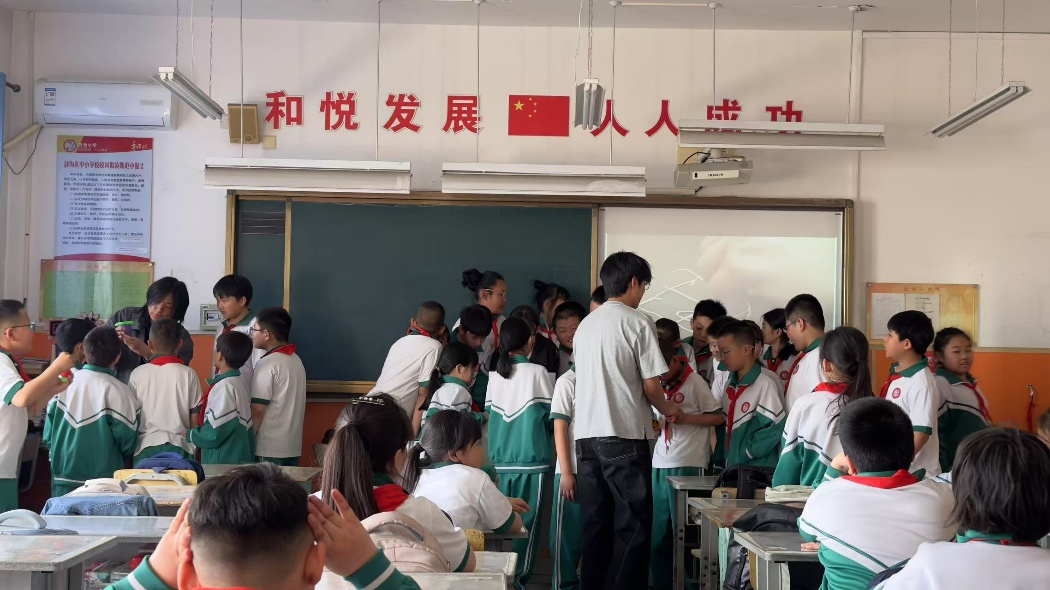
This activity used 3D printing technology as a bridge to vividly interpret the profound connotation of “integrated ideological and political education in primary, secondary, and higher education.” Through the deep integration of scientific practice and ideological education, it not only ignited the enthusiasm of rural students to explore innovation but also sowed the seeds of the ideal of “serving the country with technology” in the hearts of children, injecting new vitality into the high-quality development of ideological education in the new era.
END
Source: Mechanical Engineering College
Editor: Xing Sihan
Reviewed by: Fan Muxue
Executive Editors: Liu Haoying, Yu Qiao
Editor-in-Chief: Li Jia
